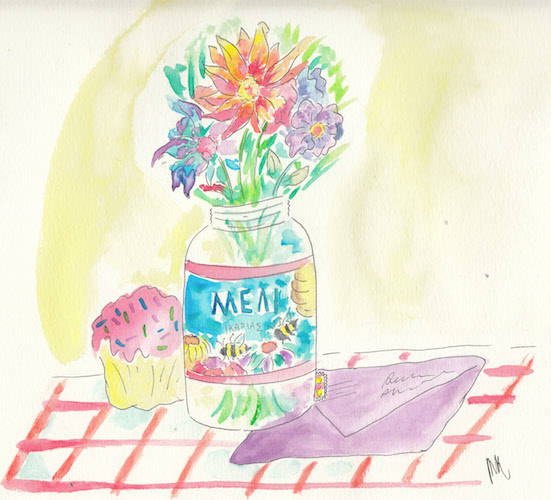*Portrait of a Lady on Fire” was released in France on Sept. 18, 2019 but was just recently released on Hulu for mass audiences. Be sure to check out the new critically acclaimed films and festival films dropping on streaming services during COVID-19.
Much like a symphonic movement from a deafening orchestra, “Portrait of a Lady on Fire” sways and lingers when it wants, swelling to a crescendo when it matters. French director/writer Céline Sciamma transcends cinematic hypnotism in her new film which tells a tale of love and infatuation at its most secretive.
Set in France in 1770, Marianne (Noémie Merlant), a portraiture artist, is put to the task of painting soon-to-be wedded Héloïse (Adèle Haenel) by Héloïse’s mother (Valeria Golino). The painting is set to be delivered as a gift to Héloïse’s future husband (who lives in Milan) before the marriage. The catch? Héloïse refuses to be painted in retaliation against her mother and this arranged marriage—which previously led to the suicide of her older sister when she was betrothed to the same man. Marianne must clandestinely observe Héloïse as her “companion for walks” as she is pushed by a deadline to finish the painting.
Through this ordeal, Héloïse and Marianne grow closer and closer, kindling a yearning for each other that is undeniably gripping. With hints of Todd Hayne’s “Carol,” the story is deliberately paced and takes its time for the first half.
Every camera movement by cinematographer Claire Mathon is squarely crafted, at times moving like a paintbrush to highlight the longing these two women bare for one another. The lengthy stares and the scarce tracing of each other’s neck and hands all rouse within the frame. All of this plays together in the first half to a climax—only to have the camera cut out and respect their sexual intimacy.
These elements portray the forbidden love between the two women, observing the precarious connotations of a longing look and the urgency of the timeline they had left together.
Marianne’s attention to detail in her paintings—shown by alluring shots with the stroke of her paintbrush—also reflects in the subject she paints. She is keenly sensitive about her work. When her first painting of Héloïse feels disconnected because of the lie she was consumed in, she burns it. She longs to be able to see Héloïse in a light that’s never been seen before in order to paint the portrait.
It’s the female gaze that is utmostly important to Sciamma. With the eyes of a painter and the longing of a lover, Sciamma focuses on Marianne as she works passionately on the visage portrait of Héloïse. It is her perspective and stares that we are ultimately left off with at the end of the film.
Marianne and Héloïse have a dialogue about the orchestra being one of the best parts about her planned-marriage. In the ending scene, Marianne and Héloïse attend an orchestra years later but still apart. Marianne, once again, observes Héloïse from across the room with Héloïse never seeing her. As she studies her intensely, the camera fixes in on Héloïse encaptured in music.
As she listens to the mesmerizing triumph of the Vivaldi piece, she is fully captivated and not once breaks trance. She breathes intensely, full of raw, vigorous emotion as the song sways and lingers when it wants and swells to a crescendo when it matters. It is a song that bellows what she’s never experienced, a song that is evocative of the love she once experienced. Like flames, her facial expressions and emotions dance everywhere. Through Marianne’s eyes, it was a “Portrait of a Lady on Fire.”
It is ambitious, and it is a wonderful thing.











